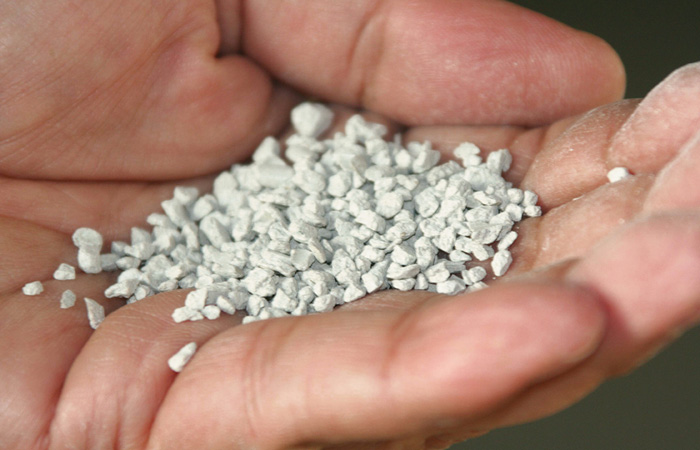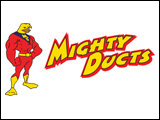Last week I had the good fortune of joining an enthusiastic group of agronomists and farmers on a small farmyard near Libau, just off Hwy 59 north east of Winnipeg. Anyone knowing anything about farming and Manitoba, knows that Libau is not known as a farming area. So why were we there?
Our common concern was sustainable food production, in this case concerns about P – phosphorous. Conventionally and currently, the flow of P in our food system is linear. P is mined, processed and transported, applied to agricultural fields, and taken up by plants. The plants are eaten by humans, and the excrement is flushed down the toilet and ultimately ends up in a landfill or Lake Winnipeg. Such a linear flow cannot be sustainable. Rock phosphate is a finite resource, and is becoming increasingly hard to access. At the other end of this linear process we have P that we don’t know what to do with. How long can we pretend that after we flush it’s gone – that it just miraculously disappears. The fact of the matter is that it does not disappear. It appears in Lake Winnipeg as an algae bloom, or as “waste” in our mountains of landfill.
If we want to live sustainably, that is if we want our children and grandchildren to inherit a healthy planet, we need to address this phosphate problem at both ends. True, the actual decision as to how we use phosphorous in our food system will be determined primarily by our politicians and secondarily by the food producers, IE farmers, however that does not absolve us of any responsibility. Politicians respond to messages sent by voters, and we all can ask how our food is produced and send a message with the way we spend our food dollar.
So what brought us together at Libau? The Natural Farming Systems program at the University of Manitoba has some trial plots there are are on land that is phosphorous poor. Land which is phosphate poor cannot produce good crops, so the NFS program is trying different ways of increasing the soil phosphate. Conventionally today, this is done with chemical fertilizer, usually 11-52-0. Organic farmers use manure and compost. And at this field day there was a new entry: struvite. Researchers are comparing crop response to different levels of P, applied either as 11-52-0, manure, or struvite. What they are finding is that there is no significant difference in crop response to the different sources of P.
For me struvite was a new product. What I learned is that struvite is a granule formed when magnisum is added to phosphate rich liquid. This is exactly what urban liquid sewage is. Fortunately the conversion of dissolved phosphate into struvite is not an energy intensive process. It does not require the combustion of yet more oil. The main source of magnesium is the ocean and salt lake brines. Engineers have known about struvite for a long time. Magnesium is the main salt making water “hard”. Because of this, struvite is formed naturally in pipes where water is used to transport manure sewage. The granular struvite can cause serious problems on the inside of these pipes and related valves. Only recently have scientists begun thinking about how struvite could be turned into a useful product.
The industry of converting urban waste phosphorous is very much in its infancy, and no one really knows what’s possible economically. Nevertheless Crystal Green is currently being manufactured in Canada, and is available. One manufacturing location is Portage la Prairie. P in Crystal Green is currently about three times the price of P in 11-52-0. It is too early to say whether this possibility will transform the current linear phosphate path into something more sustainable. Nevertheless struvite offers an exciting option that may make it possible to practically capture the polluting phosphate in city waste in a way that will allow this waste to be applied to farm fields. Were this to happen, phosphorous would again move in a loop, as nature intended. That would be a sustainable option. That would be exciting.




